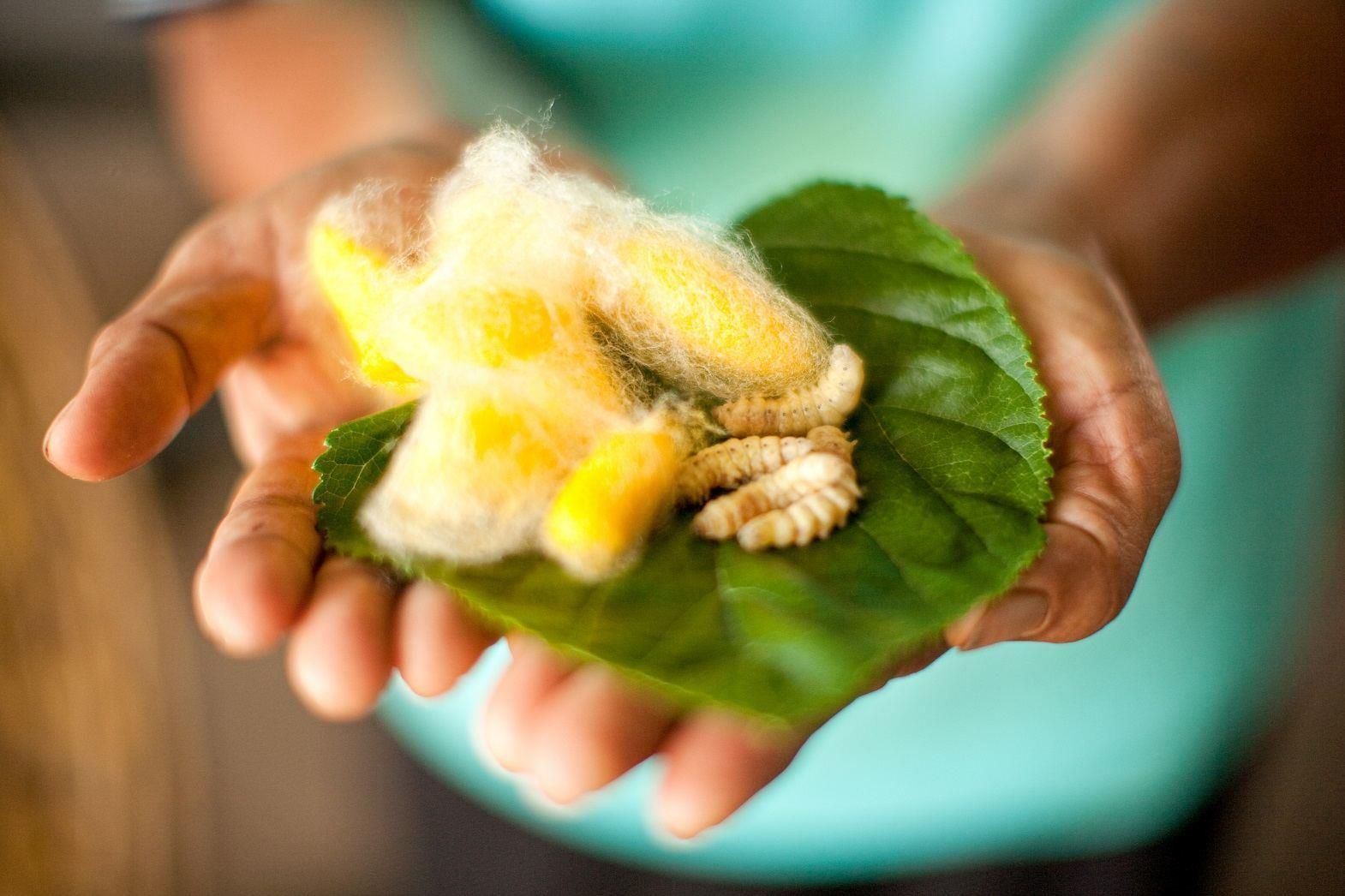The well guarded 2000 year old Chinese secret is also a glory for Italy, making the latter a tough competitor for Chinese silk.
Italy had been a country known for its culture and art since antiquity, revealing countless tokens of the past civilization, and revealing a touch of its heritage woven inextricably into the present days lifestyle. Walking through the streets of Italian towns, it would not take long to realize the major industry of the country. Window displays are filled with fabrics in vibrant shades of red, blue, and orange selling some of the worlds best silk fabrics, and apparels.
Italy developed its silk industry after weavers from Constantinople came to the country. The creative genius of the people along with the available resources made their fortune. Italy mainly the cities of Lucca,Venice, Florence and Genoa export silk fabrics all over Europe. Como is the main center for manufacturing silk fabrics exporting to some of the worlds top fashion houses. It is popularly known as the silk city due to the abundant presence of mulberry trees, which is fundamental for breeding silk worms, and the profuse availability of water, a vital aspect during many phases of silk manufacturing. Raw silk is also imported from China, while other processes such as weaving, dyeing, printing and designing are done in Italy. A preferred fabric choice of the elites and royals, silktrade flourished as Italy developed silk weaving notably velvet techniques.
Lucca silk:
The Italian city of Lucca was evidently well established, and a main centre for silk trade. Designs of the Lucchese silkfabrics reveal strong eastern influence displaying roundels, birds, and single animals of Persian origin. Their fabrics, particularly of the 12thcentury involves narrow decorative bands woven with silk and gold, including small repeating designs, in a plain or geometric background. These patterns are in vogue even today, and are used to embellish garments. Textiles from Lucca are notable for their variety, and quality. Another notable pattern-involves a weave of Persian origin, which is similar to damask with a woven pattern and raised in relief from the background. Mostly animals and birds are woven and their wings or heads are woven in gold.
Silk manufactured in Lucca are special fabrics called drappi auroserici made from a mixture of silk with gold or silver threads. Motifs used in their fabric designs incorporated Chinese and Muslim motifs. Styles evolved in a richer and dynamic way. Main Italian style featured in these fabrics are vine leaves, flowers, and naturalist themes such as birds like eagles, and animals like lion, wolves, fox etc. Romanesque scenes, hunting scenes, vine shoots, and palmettes are also featured. Growing demand for luxury textile in the Western Europe has brought about the economic development in Lucca. The economic model of silk manufacturing in Lucca has a strong influence in Europe, thus modeling the structure of textile industry in London and Lyon.
Italy vs. China:
Italian silk industry flourished much during the 80s and 90s when fashion was becoming a mass phenomenon. Fashion was a mass consumption good, and the country was benefitting from that boom. Comparatively, today serving luxury goods sector has become tougher, as price has become a competitive issue. Still, Italy has a competitive edge over China in terms of creativity, quality, and design.
Italian designers and manufacturers stay more fashion focused on the high end market, while they are also exploring possibilities in other cheaper options, and retail brands. Italian silk weave creates an alluring sheen with dramatic light catching effect, adding a subtle and sophisticated element to their silk fabrics making it crisp and well structured.
Luxury market is transnational. Future years would see the market more successful, and larger as peoples mind set develops a special preference towards luxury, style, and would also like to differentiate themselves from others. Italy offers a rich combination of masterpieces, its textile designing skills; an exciting journey through time from the ancient Romans and Greeks to the present day.
References:
1. Italia.it
2. Dw.de
3. Belovedlinens.net








Comments